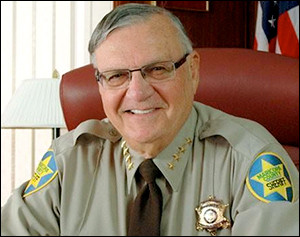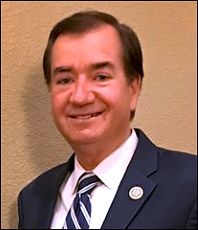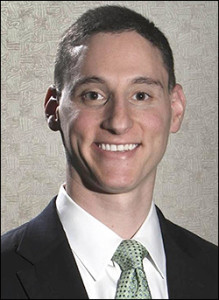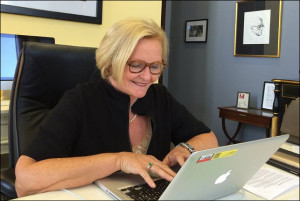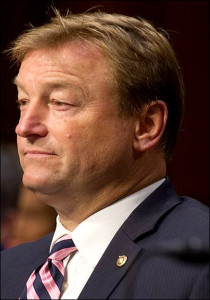Jan. 11, 2018 — Former Maricopa County, Arizona Sheriff Joe Arpaio made a political move regarding the open Senate race on Tuesday, just as Rep. Martha McSally (R-Tucson) was scheduling a series of statewide “events” for Friday.
The controversial ex-sheriff, who President Trump pardoned earlier in the year just before his sentencing for a contempt of court conviction, announced his candidacy for Sen. Jeff Flake’s (R) open seat. Many, however, including Sen. Flake himself, do not believe that Arpaio will follow through with his candidacy. The former sheriff, who was defeated for re-election in 2016, has frequently said he was going to launch a statewide campaign but ultimately backed away from doing so. As an aside, should Arpaio be elected at 85 years of age, he would become the oldest freshman senator in American history.
Rep. McSally’s Friday appearances are reported to be a Senate announcement tour. Since Sen. Flake announced his retirement, it has been expected that McSally would become a Senate candidate.
Ironically, should Arpaio run, the big beneficiary might actually be McSally. With ex-state Sen. Kelli Ward in position to attract the more conservative Arizona primary voter, Sheriff Arpaio’s presence, complete with his virtually universal name identification and well-known border protection positions, would clearly split the former legislator’s political base. In a state with no secondary run-off election system, this would likely allow McSally the opportunity of winning the nomination without having to secure a majority vote.

